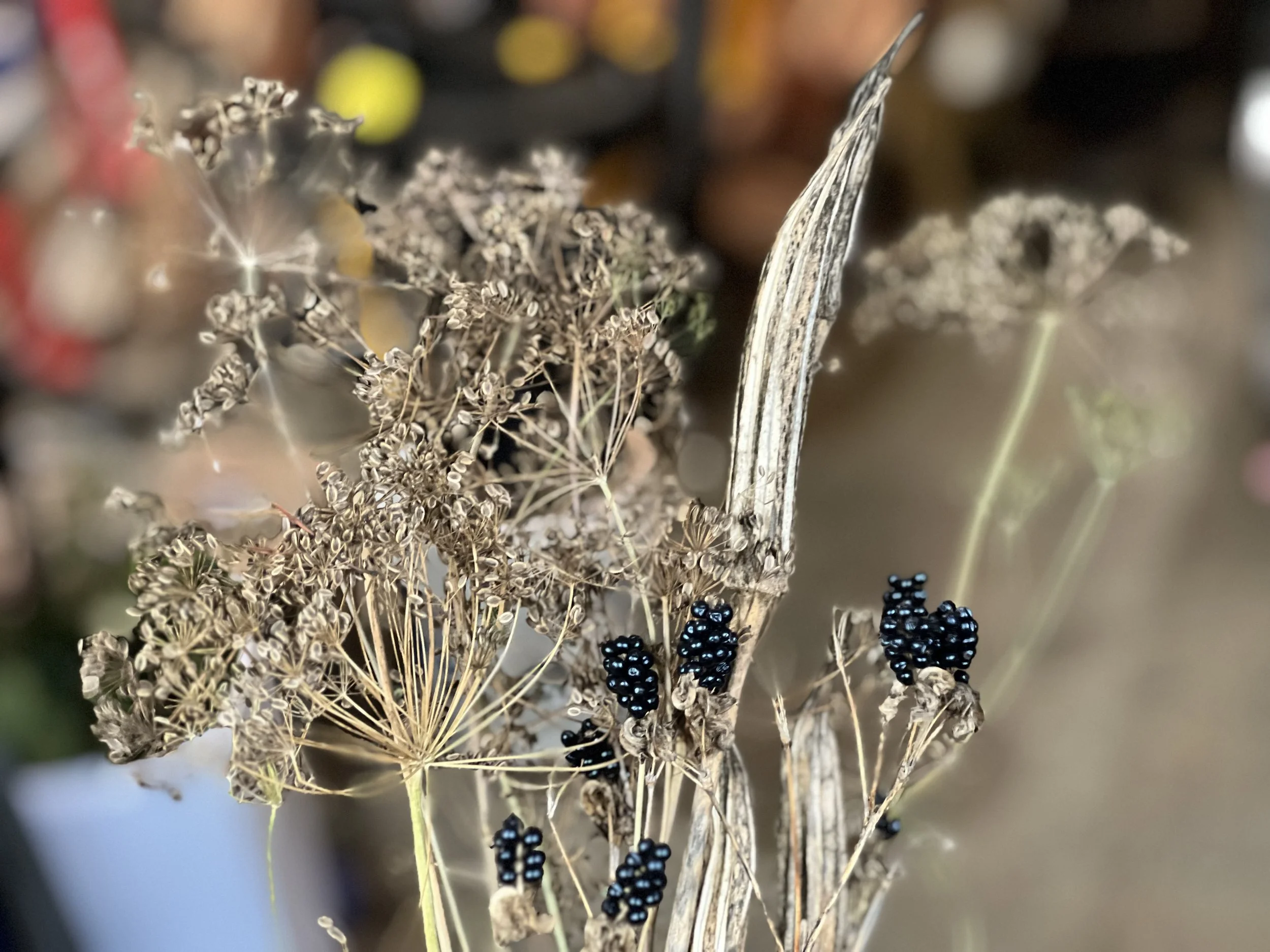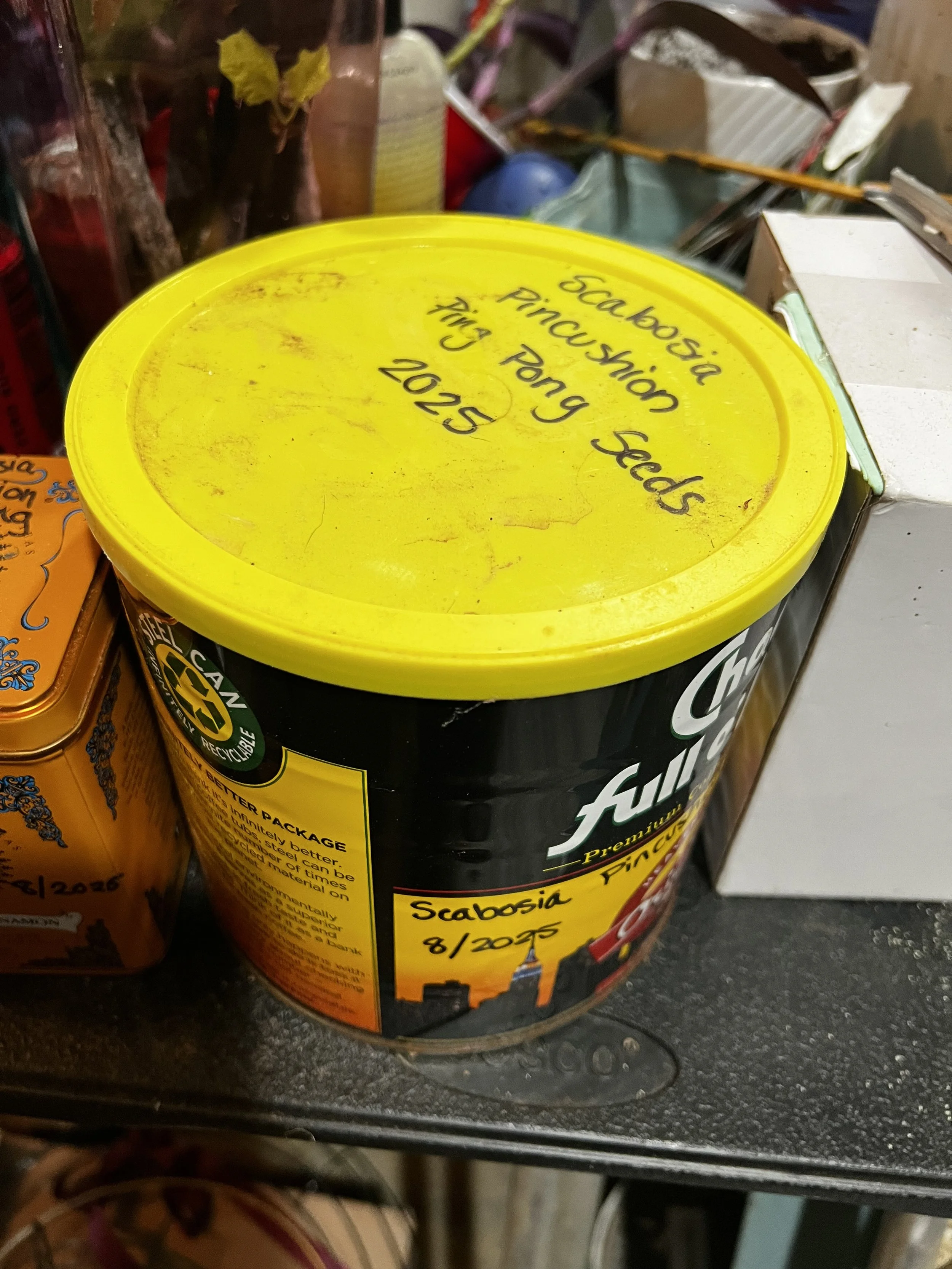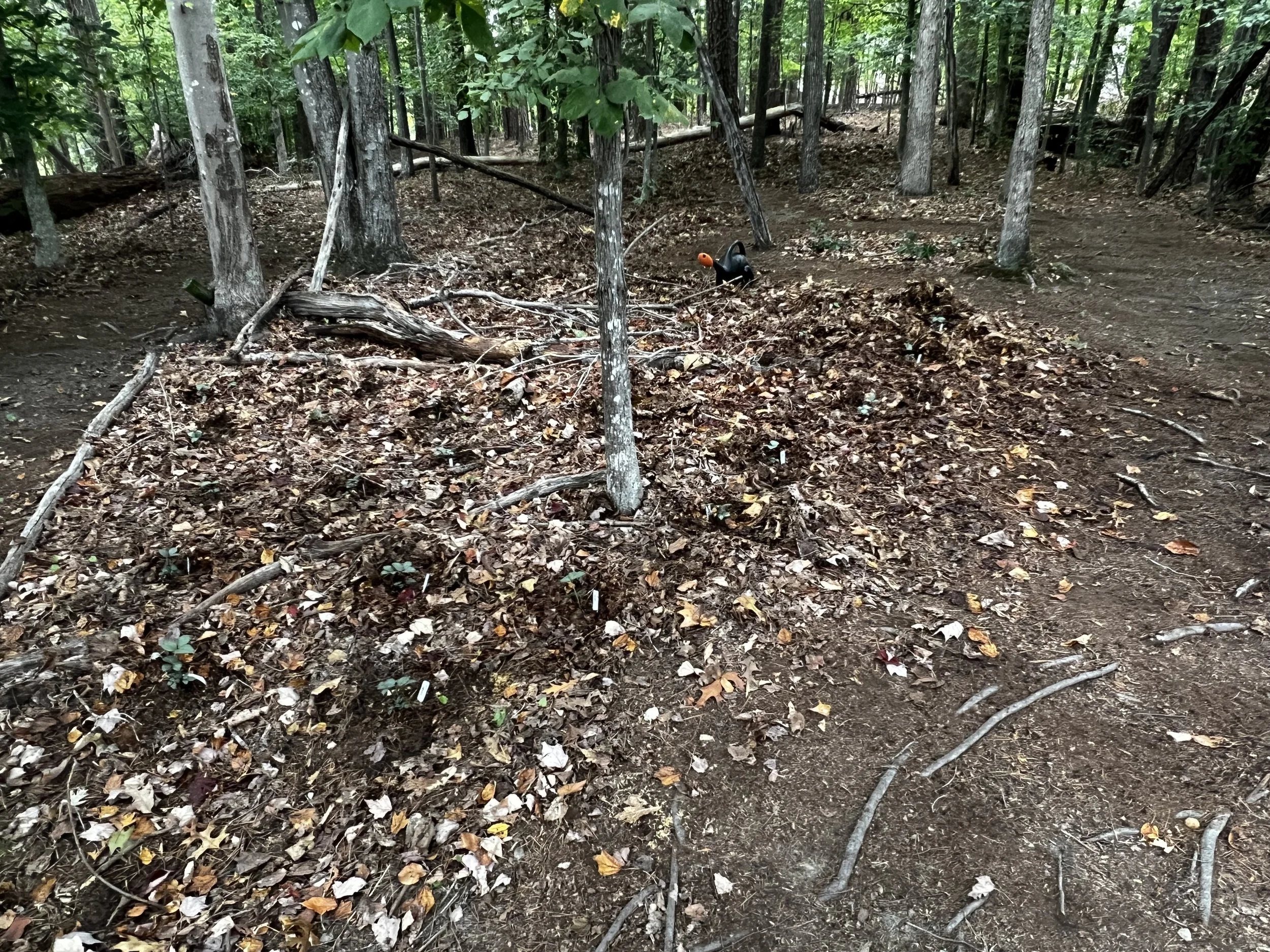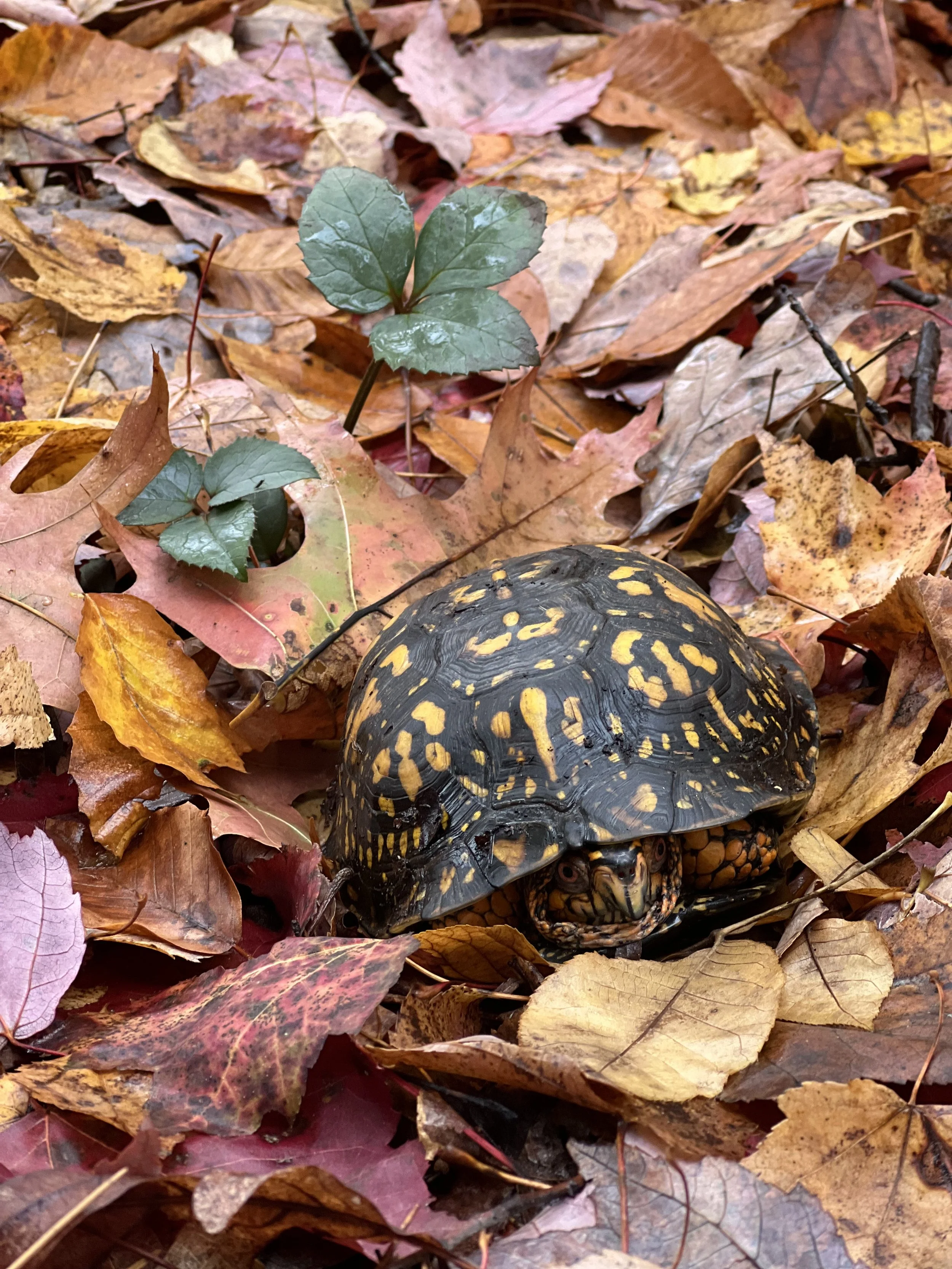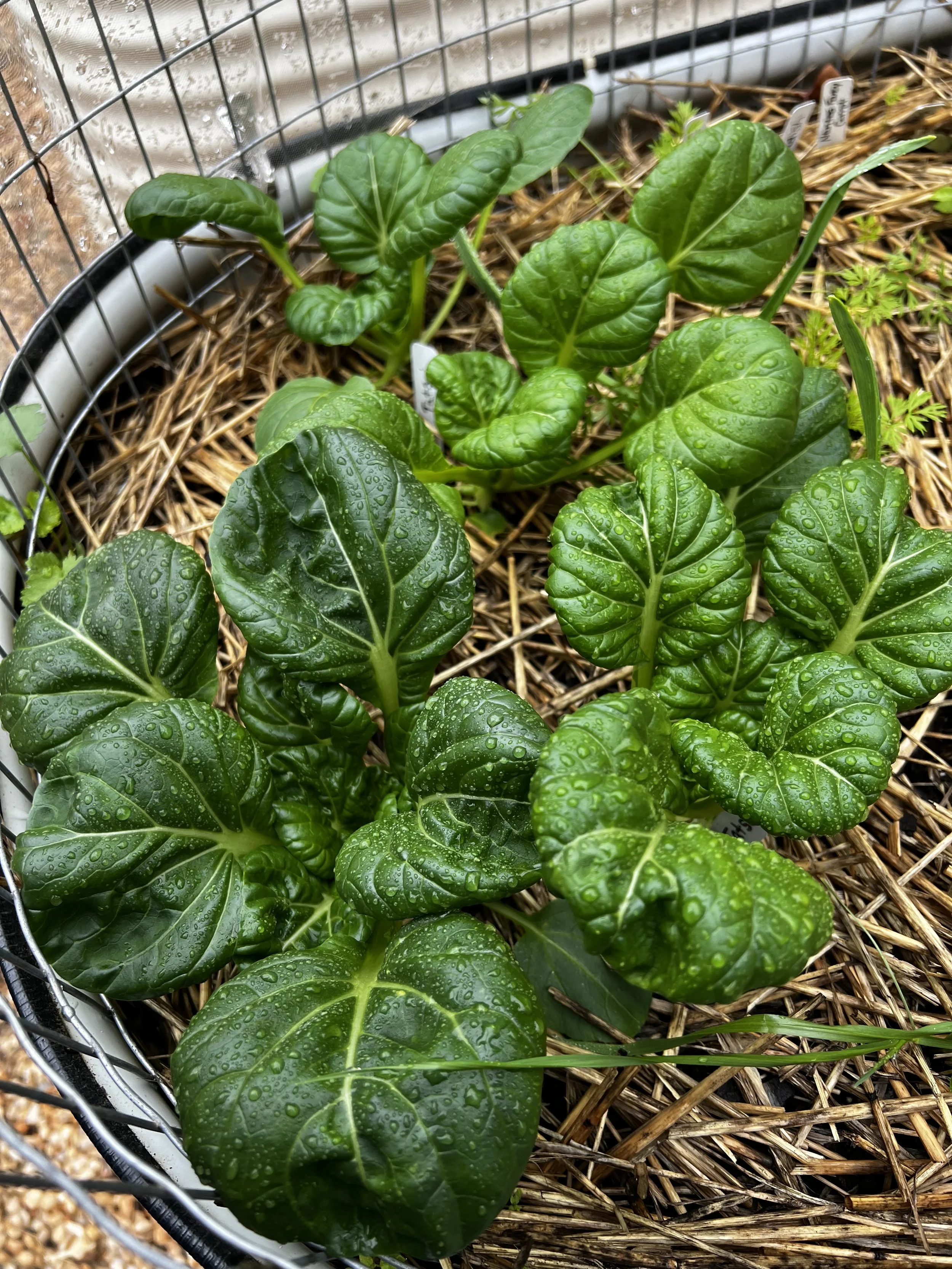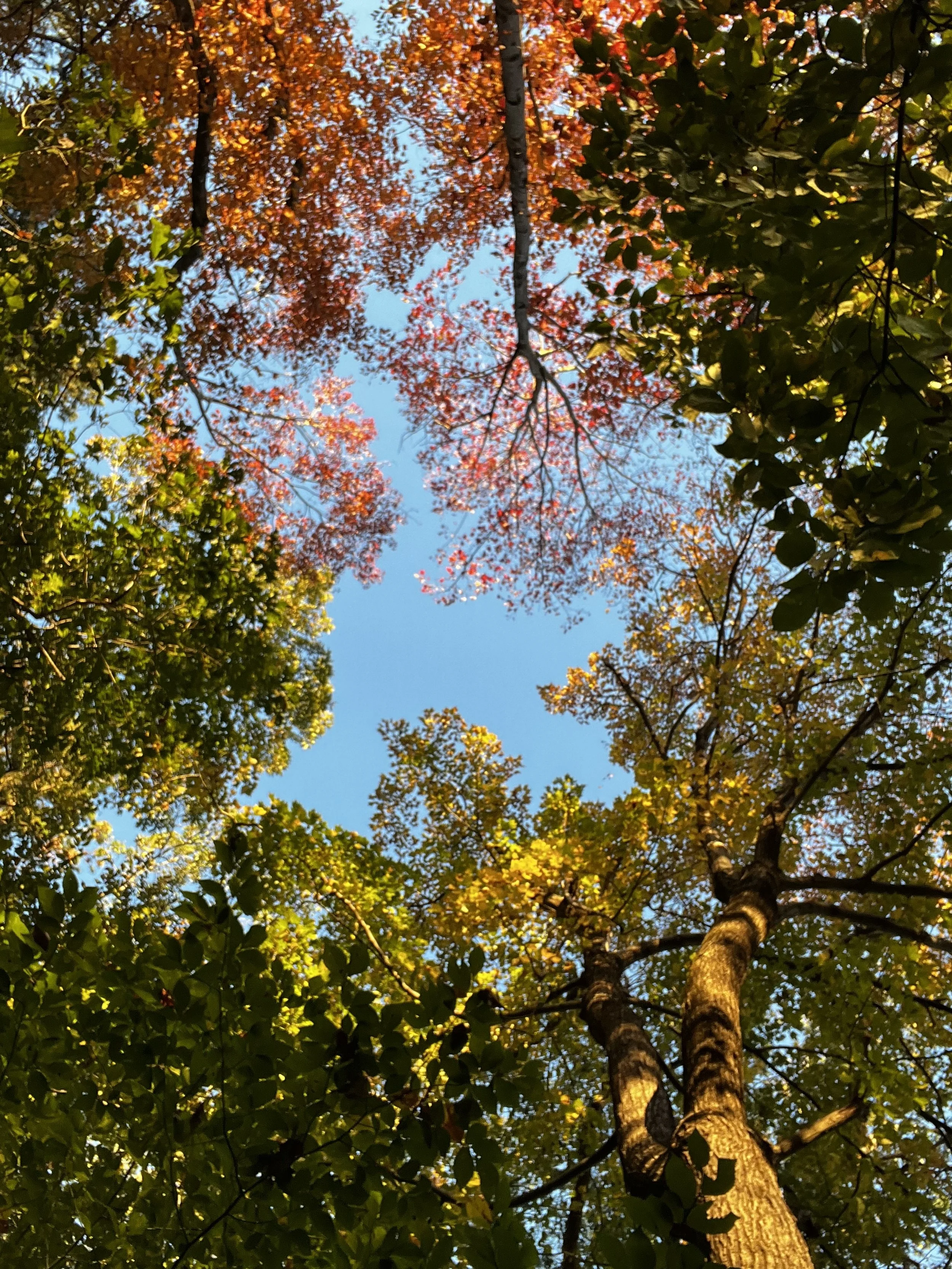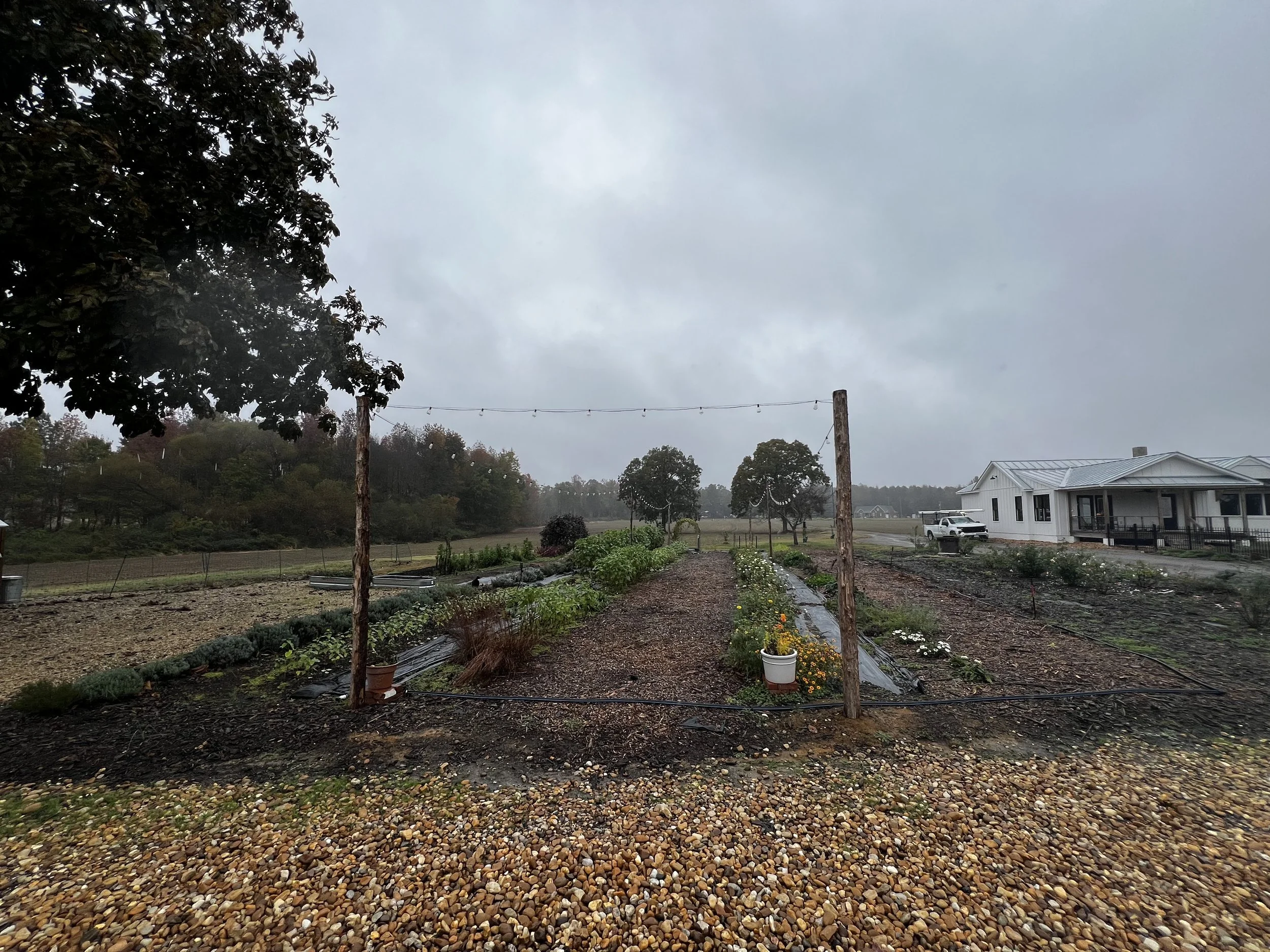The Garden’s Gift: Saving Seeds
As the days grow shorter and the air turns crisp, many gardeners begin to tidy up their beds and prepare for winter rest. You may remember last month’s post about leaving the “mess”, but there are some gifts you can respectfully gather before the frost sets in. Before you clear away those fading blooms, autumn offers one of the most rewarding garden rituals — saving seeds.
Collecting and storing seeds from your own plants not only helps you grow next year’s garden economically, but it also keeps alive the genetics of plants best suited to your soil, climate, and care. It’s a simple, grounding way to participate in the full cycle of life in the garden. Just be mindful of how much you gather, leaving some for the wildlife to use throughout the winter.
At Giardino Foresta, we believe every season speaks its own language — and autumn, especially, whispers of gratitude and continuity. As the last blossoms nod in the cool air, the seeds, tiny vessels of memory and promise, carry forward the spirit of the garden and remind us that nothing in nature truly ends — it only transforms.
Search online for instructions regarding the collecting of seeds from a specific plant. Below is general seed saving information.
Why Save Seeds?
Self-sufficiency – You create your own sustainable supply for future planting.
Adaptation – Over time, plants saved from your garden will naturally adapt to your unique environment.
Connection – There’s a deep sense of continuity and stewardship in holding the next generation of your flowers in your hands.
Step 1: Choosing the Keepers
Take a stroll through your garden. Notice which plants thrived — the ones that bloomed boldly, resisted pests, or simply made your heart light up. These are your “keepers.”
Favor open-pollinated and heirloom varieties, which will stay true in their lineage. Let hybrids rest; their offspring may not resemble the beauty you remember.
Step 2: Harvest at the Right Time
Timing is everything.
For flowers, wait until seed heads are dry and brown on the plant. Shake them gently — if you hear a rattling sound, they’re ready.
For pods and capsules, like sweet peas or poppies, collect when they’ve dried but haven’t yet split open.
For fruits, like zinnias or marigolds, allow them to fade and fully mature before gathering.
Search online for instructions regarding the collecting of seeds from a specific plant.
Always harvest on a dry day, preferably after the dew has lifted.
Dill, Okra, and Blackberry Lily, ready for seed harvesting
These are totally dry, the okra rattles when shaken. Perfect time to harvest the seeds!
Step 3: Clean and Dry the Seeds
Spread your collected seeds on a paper towel, screen, or fine mesh in a well-ventilated, shaded spot. Let them breathe and dry naturally for about a week. Avoid direct sunlight — it can damage the embryo inside the seed.
Once dry, gently separate seeds from chaff, petals, and other debris. Handle gently, you’re holding the Class of 2026!
Step 4: Label and Store
Good labeling is essential! Include:
Plant name and variety
Collection date
Any notes (e.g., “tall, early bloomer,” “sweet fragrance,” “thrived in shade,” or “deep pink hue”)
Store your seeds in paper envelopes or glass jars with a desiccant pack (like those little “do not eat” packets that you find in food products), then tuck them away in a cool, dry, and dark place. A sealed tin or box in a closet or basement works perfectly, though some seeds will last for years in the freezer!
Ping Pong Scabosia seeds, tucked away in a clean coffee tin, labeled, and ready to store.
I had a TON of scabosia seeds this year, I didn’t have a glass jar big enough, so I used an old coffee tin. There is a dessicant pack inside and this will be stored in a cool area.
Step 5: Share the Abundance
One of the joys of seed saving is sharing — give them as gifts or swap seeds with friends, fellow gardeners, or local seed libraries. Each seed carries a story, a memory, and a promise of spring’s return. You’re sharing more than future flowers — you’re sharing stories, memories, and hope.
A Final Thought
Autumn seed saving isn’t just about next year’s garden — it’s about continuity, resilience, and gratitude. By saving seeds, you’re participating in an ancient rhythm of care and renewal. When you plant those seeds next spring, you’ll be planting hope that’s been carefully gathered, dried, and held through the quiet months.
The garden teaches us that endings are never truly endings. In every fading bloom, there’s a seed; in every seed, a new beginning.
As you gather your autumn seeds, do it slowly, with gratitude. Let it be your final conversation with the season — a promise whispered into the soil that you will return, and so will the flowers.
Farm Updates
While I’m still awaiting the first frost, the flowers have been slowing their growth this month and the garden is winding down for the season. We’ve finally received some rain, still not a lot, but I’m thankful for every drop! The fields always respond best to nature's touch; no amount of irrigation can quite match a natural rainfall.
The hellebores along our forest trails.
The newest addition, Candy Love Hellebores, are tucked in below the trees in our forest and becoming established. They won’t bloom for another year or so, but the existing hellebores will be blooming again over the winter. I love hellebores so much - they bloom in the coldest part of winter (typically late January and early February) and seeing their happy little flowers when nothing else is thriving is so refreshing.
A sweet, grumpy-faced Eastern Box Turtle hanging out by one of the hellebores. Stay up here away from the pups, little one!
In my personal vegetable garden, the leafy greens, garlic, and herbs are so happy with the cooler temperatures and fewer pests. I’ve been enjoying fresh radishes, kale, arugula, beet greens, and tatsoi.
Tatsoi - I’ve been growing this variety from Baker Creek Heirloom Seeds for a few years. It’s delicious!
October is a time of change, but also a time of release. Watching the leaves change is always breathtaking. Something I don’t take for granted.
Took a moment to look up while taking a walk on the forest trails in October.
A lot of changes are coming in 2026, and I’m just about ready to share more… so stay tuned! If you’re not already, please sign up for the monthly newsletter to be the first to know about the exciting things to come. We’ve been busy preparing for this and I’m very excited for next year.
I’ve also been busy with crop planning, preparing for upcoming holiday markets , and attending a farm tour.
I traveled to visit Silver Oak Farm in Petersburg, Virginia as part of the Cut Flower Discussion Group led by the Virginia Cooperative Extension. I love the discussion group meetings - I always learn something new, meet new farmers, reconnect with ones I’ve met in other meetings, and get inspired by seeing other farms.
Silver Oak Farm is quite an operation and it was so helpful to see a flower farm with an event space and to see how everything is managed.
Their farm-to-table dinner location is located within their flower field.
They also have two large high tunnels (essentially soft-covered, unheated greenhouses) for their cut flower production.
Coming up this winter, I’ll be busy with holiday markets, so if you’re in the Charlottesville area, please check out the upcoming events and stop by if you’re able!

